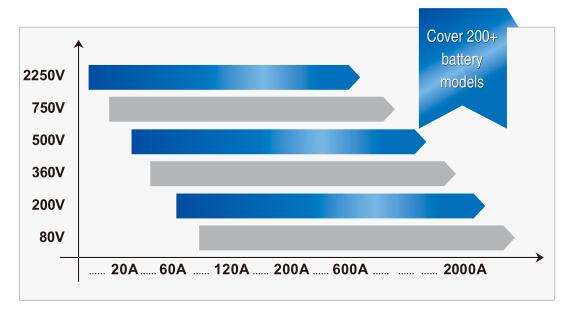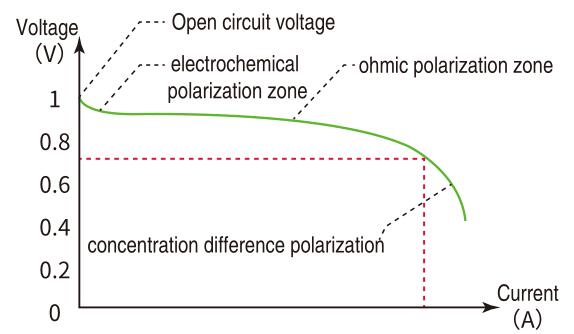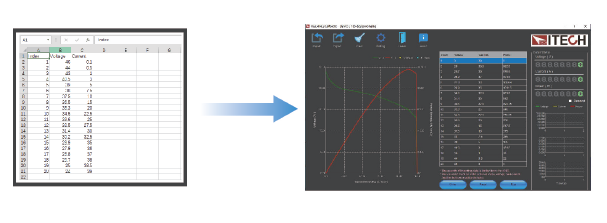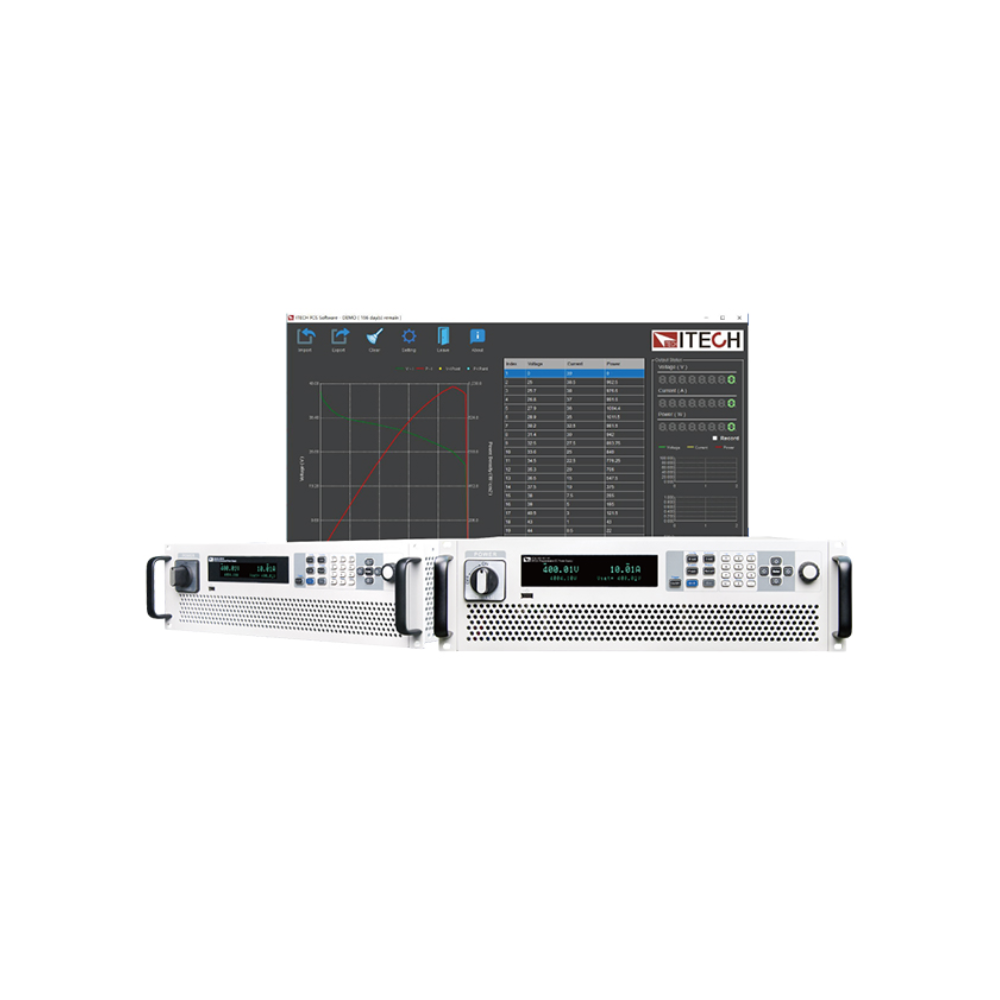Product Features
Feature
- Automatic wide range output, voltage up to 2250V
- The power of the fuel cell simulator can be expanded to 1152kW
- User-defined FC polarization curve (4096 points can be edited)
- Support .csv file import
- Data storage and export
- Graphical software operation interface, real-time display the output voltage, current and power
Functions and Advantages
Application
- Study the power performance and economic performance of FC propulsion systems
- Verify the input performance of the FC DC-DC module
- Study the parameter matching of the key components of the FC propulsion system
- Research on vehicle energy management strategies for FC propulsion systems
- Verify the control strategy of peak and valley adjustment in distributed energy applications
Flexible parallel connection, power extended to max. 1152kW
The power of ITECH high-performance DC power supply IT6000B and IT6000C can be expanded to 1152kW through a simple master-slave parallel configuration. Different from the traditional parallel connection, IT6000B and IT6000C use optical fiber parallel technology. After paralleling, the synchronization and performance of master and slave are almost the same as one single unit. And there is no need to calibrate again, which greatly simplifies the parallel connection.Meanwhile it’s helpful on cost control and high equipment utilization.

Graphical design interface to simulate fuel cell output polarization curve
The output voltage of a real fuel cell stack is affected by driving conditions. When the working current changes, the output voltage of the FC stack is a three-stage curve due to the internal polarization reaction, including electrochemical polarization zone and ohmic polarization zone and the concentration difference polarization zone.

The FCS3000 software is based on the measured fuel cell polarization curve, and allows users to import the .csv file, download it to the device and realize the fuel cell output polarization characteristic curve simulation. In the experiment, the FCS3000 fuel cell simulation software changes the output voltage of the control system according to the polarization curve, and records the parameters such as voltage, current and power in real time, which helps to study fuel cell propulsion systems to provide important experimental data.



